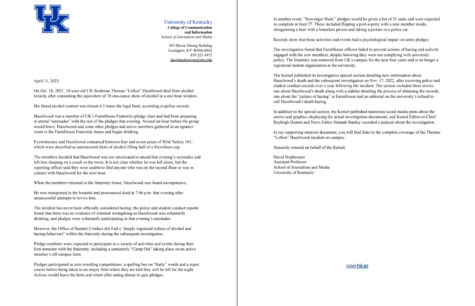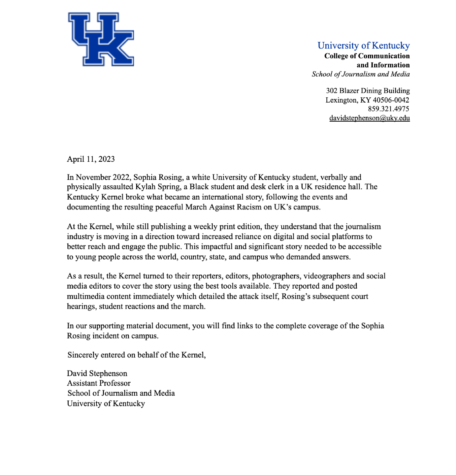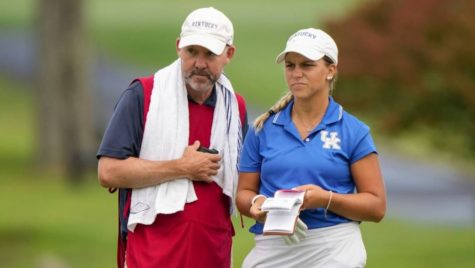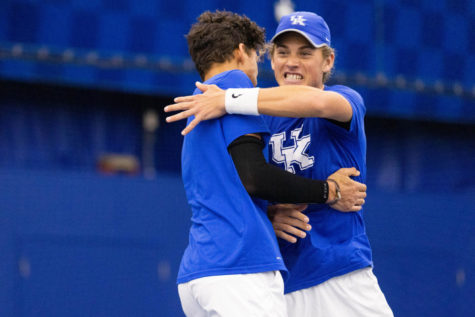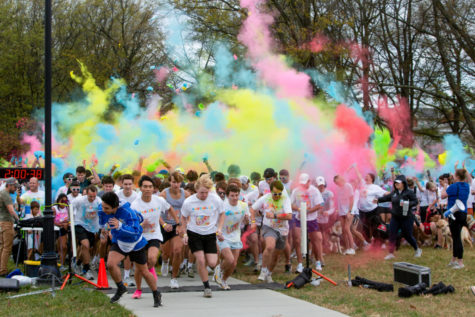Ongoing research study could help children with rare form of epilepsy
April 27, 2022
(BPT) – Did you know that over 65 million people worldwide have some form of epilepsy?
What is epilepsy?
Epilepsy is defined as having unprovoked seizures, which are sudden surges of uncontrolled electrical activity in the brain. These seizures can be brief lapses of attention, episodes of involuntary movement in part of the body, or prolonged convulsions of the entire body.
What is EE-CSWS?
Epileptic encephalopathy with continuous spike-and-wave during sleep, also known as EE-CSWS, is a rare form of pediatric epilepsy in which seizure-like activity typically occurs during sleep. As a result, the condition can easily go unnoticed. In fact, sometimes the only signs this abnormal activity is occurring are developmental and cognitive symptoms.
Early signs of EE-CSWS in children include:
- Developmental delays
- Autism-like symptoms
- Changes in learning, behavior, and/or coordination
- Halted progress in school
While EE-CSWS typically begins between 2-12 years of age, it most commonly starts when a child is 4-5 years old. Following puberty, the seizure-like activity tends to improve; however, developmental delays often remain.
How is EE-CSWS diagnosed?
The diagnosis and management of EE-CSWS is complex because it is a rare disease, and the symptoms can vary from person to person. The most accurate diagnostic test is an electroencephalogram (EEG) — a noninvasive test that measures electrical activity in the brain — that must be administered during non-REM sleep by a neurologist and interpreted by a clinical neurophysiologist or an epileptologist. Children with EE-CSWS have a characteristic EEG pattern known as electrical status epilepticus in sleep or ESES.1
Because cognitive stagnation and regression typically peak around 5-6 years of age, delayed diagnosis and inadequate treatment may lead to worse cognitive outcomes.
How is EE-CSWS treated?
There remains a critical unmet need for effective treatments for EE-CSWS, as there are currently no approved therapies for this condition. Commonly prescribed treatment options focus on improving seizure control and cognitive function but fail to address the underlying cause of the disease. Families who are coping with EE-CSWS know how serious it can be and hope for better options for their children.
“About a year and a half ago, we started noticing a significant mood and behavioral change in our son,” said Leah Myers, whose 11-year-old son began having seizures at 13 months old. “When the doctor diagnosed him with EE-CSWS, I knew this was very serious.”
Parents like Myers find it difficult to watch their children suffer, and it takes an emotional toll.
“When CSWS hit, my son’s happiness just went away. He wasn’t able to enjoy the same things that he enjoyed before, like being in the pool,” added Myers. “The impact of this disease on our family has been significant. For children like mine, there is a clear unmet need for more precise medications to treat this monster of a disease.”
What research is being done for new treatment options?
Researchers and pediatricians who specialize in neurology and epileptic disorders are still working toward developing the best possible treatments for their patients.
“When I give an EE-CSWS diagnosis, parents are often relieved that we have found a reason for their child’s change in behavior, but treating it can be very difficult,” said Ann Hyslop Segeren, MD, pediatric medicine specialist, Stanford Child Neurology Division. “Every child responds to different medications at different rates. We have a long treatment algorithm that we can follow, moving from anti-seizure medications to corticosteroids and benzodiazepines, and then other therapies that we tailor to the patient, but we are continually looking for better options. My hope for treating EE-CSWS is earlier identification of the disease. The sooner we start treatment, the more likely we’ll see full recovery of all cognitive functions.”
Research into therapies for EE-CSWS is ongoing, including clinical studies currently enrolling participants to evaluate the safety and efficacy of a potential treatment being developed.
Where can I learn more about clinical studies for EE-CSWS?
If your child is living with EE-CSWS, talk to their doctor to see if participating in a clinical study is an option. The Steamboat Study, a Phase 2 study evaluating the safety and efficacy of an investigational treatment, NBI827104, in children with EE-CSWS (ages 4-12 years), is now enrolling participants.
For more information, visit SteamboatStudy.com or ClinicalTrials.gov.
References:
1. Loddenkemper T, Fernández IS, Peters JM. Continuous spike and waves during sleep and electrical status epilepticus in sleep. J Clin Neurophysiol. 2011 Apr;28(2):15464.
doi: 10.1097/WNP.0b013e31821213eb.
PMID: 21399511.













































































































































